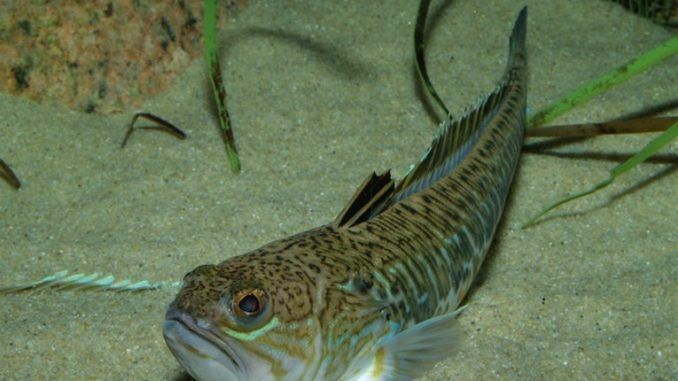Weever bite what to do after being stung
Weever bite, what to do after being stung
The weever or spider fish are marine species that live on the sandy and/or muddy bottoms of the main European seas, within 30 meters of depth.
The weevers camouflage themselves
Right here on the seabed the weevers camouflage themselves and it is difficult to spot them.
The danger lies in the dorsal spines (from 5 to 7) of these fishes, which are robust and poisonous and, normally in resting condition, lowered, but become erect if the weever is disturbed (for example when a swimmer approaches or when hunting of prey).
The dorsal spines are connected to a spongy tissue that produces poison which is a mixture of multiple toxic substances of which the best known is dracotoxin, a very unstable molecule that destroys blood cells (it has hemolytic function) and is sensitive to temperature.
Fundamental, in case of puncture, is not to lose calm and follow some simple useful rules both to prevent the discomfort worst, both to make them pass faster quickly. The stings almost always take place in an accidental way and in addition to pain other symptoms such as nausea, vomiting, tremors and syncope may occur.
The first thing to do after the puncture
The first thing to do after the puncture is to try to escape the poison by gently squeezing the area and checking the possible presence of spots held in the subcute that must be removed to avoid infections.
Subsequently hydrate, calming itself in the shade and, to soothe the area, use hot water (or sweet or salty) because the poss of the pound is thermolable at temperatures close to 50 ° (obviously it is not advisable to expose yourself to high temperatures because yes would risk burning).
It is good to avoid all “do it yourself” remedies as these could worsen the symptoms or add further injuries.
If you want to take a drug to find relief, you can opt for analgesics, anti-inflammatories or the use of cortisone ointments.


